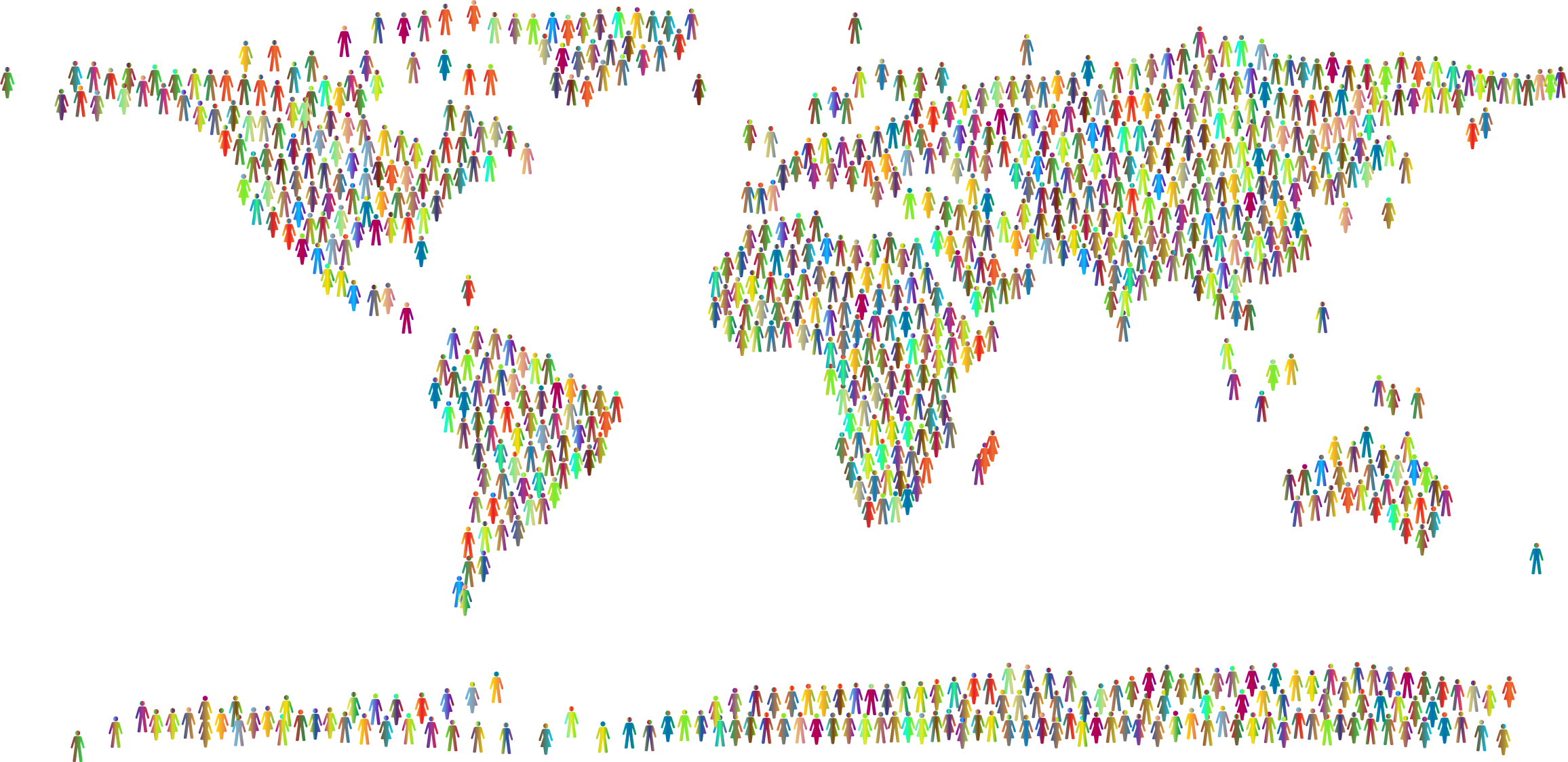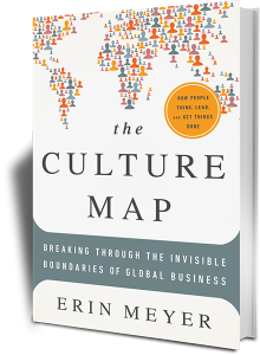Cross Cultural Management & Communication
Enabeling efficient leaderhsip in a Global fast-moving and complex business

Our client is growing fast in a high tech, complex and changing business, and has both production and marketing and sales presence in all corners of the world.
The situation
The Company is a worldwide leader in breeding and development of flowers and plants. The annual turnover is around 370 million euro. They have more than 7.300 employees worldwide.
The organization grows and flourishes. This results in a fast-changing and, therefore, challenging environment. The Company has great global ambitions. Innovation, technology and quality are high priorities. This results in a challenging working environment.
The Company offers its employees plenty of room for personal growth and development. We have an informal and easily accessible working environment in which cooperation is very important.
The challenge
As the company grows, the managers need to operate more effectively and efficiently in a global context. To reach the business objectives, it is necessary to collaborate across geographies and functions on a daily basis.
This might be a particular challenge as new teams and collaborations networks are formed quickly, and adequate working relations needs to be established in a very short timeframe.
How do you reach that level of efficiency in the collaboration with colleagues from different countries, different language preferences and different cultures?
And how do you acquire all the knowledge needed, and turn this knowledge into action in a one-day seminar? Because this was the only time availab…
The solution
Context: We worked on putting the knowledge for the seminar in context. In the context of the participants. What can the new skills and learnings be used for in the daily life of the manager, and how does it fit with the strategy and the leadership role.
Theory: We selected the framework of Erin Meyer – The Culture Map. Though academically validated and very rigorous, The Culture Map is a hand on highly practical framework, including interactive on-line country mapping and other practical tools.
Practice: To learn how to put the knowledge into action, we worked on a business case (also developed by Erin Meyer) that allowed to discover how the theory worked and explore the real, practical challenges of using the cross-cultural management tool.
Action: We selected a very pragmatic and accessible theory framework for one purpose: to free up time to move into action. Almost half the day was devoted to work on real life cases of the participants. The whole group applied the learnings from the morning to help the case-givers solve real business problem.
The impact
- First, it turned out to be a fun day. Insights and a-ha moments regarding cultural differences in the working environment allowed for quite a few hearty laughs as comical situations were re-lived and explained.
- It also allowed for some more serious self-awareness and reflection.
- The practical nature of the seminar made new knowledge and skills easily accessible and the retention of learning was very high.
- The fact that we worked directly on operational issues had a direct positive impact on job tasks and business objectives (through the real-life cases), and it also created a natural path to take actions back at work.
The theory framework - The Culture Map by Erin Meyer
Erin Meyer is a professor at INSEAD, one of the leading international business schools. Her work focuses on how the world’s most successful managers navigate the complexities of cultural differences in a global environment. She offers cutting-edge insight and practical strategies to improve the effectiveness of projects that span the globe.
Based on her work at INSEAD, the “Business School for the World” based in Paris, Erin Meyer provides a field-tested model for decoding how cultural differences impact international business. She combines a smart analytical framework with practical, actionable advice for working in a global world. Whether you need to motivate employees, delight clients, or simply organize a conference call among members of a cross-cultural team, the eight dimensions featured in The Culture Map will help you improve your effectiveness. By analyzing the positioning of one culture relative to another, the dimensions enable you to decode how culture influences your own international collaboration.

